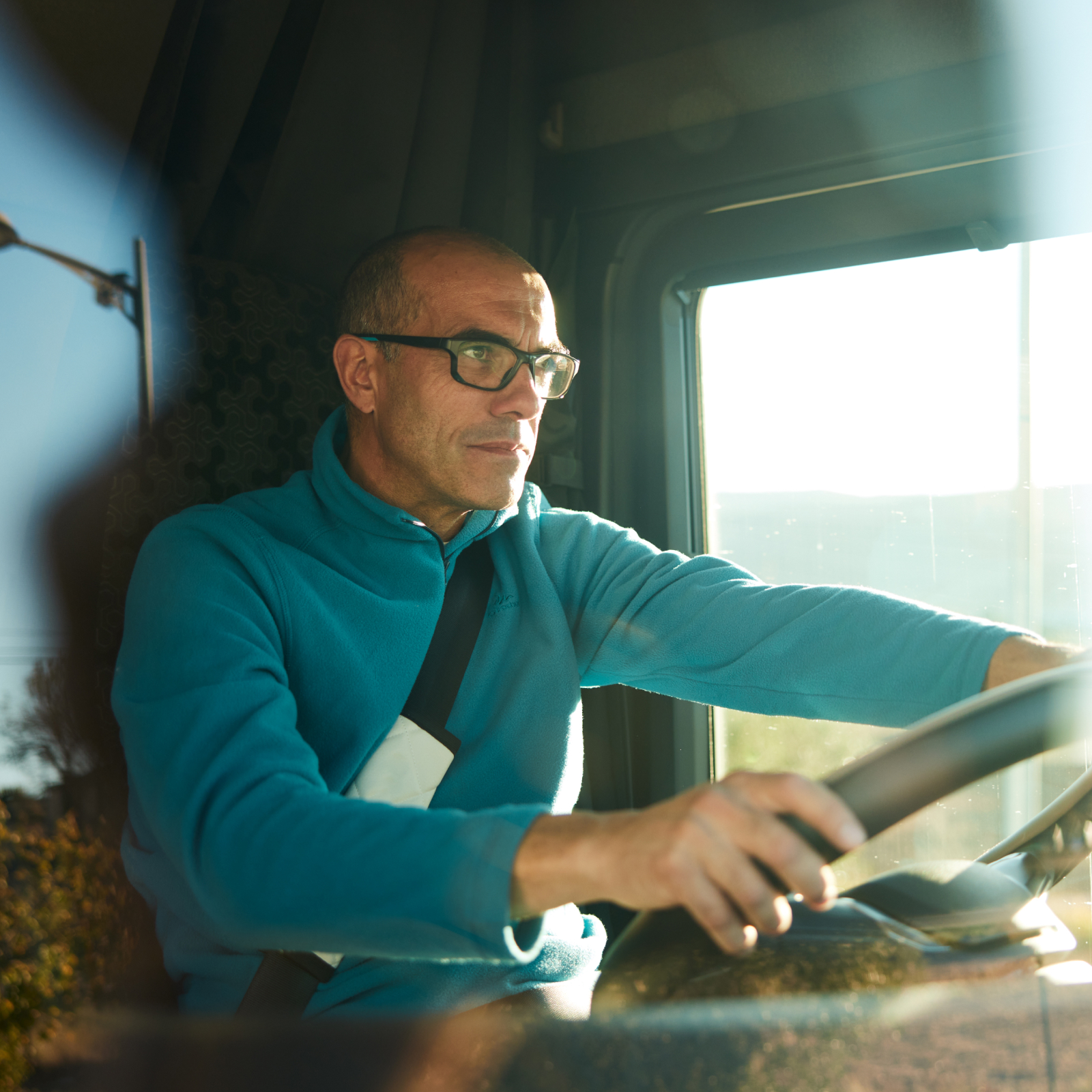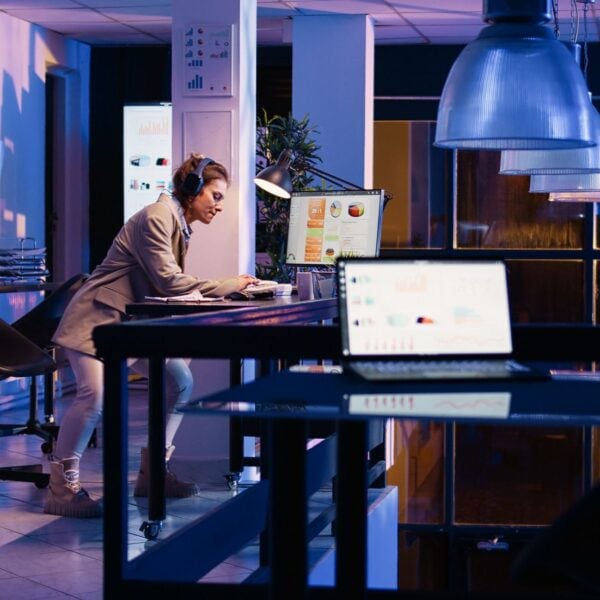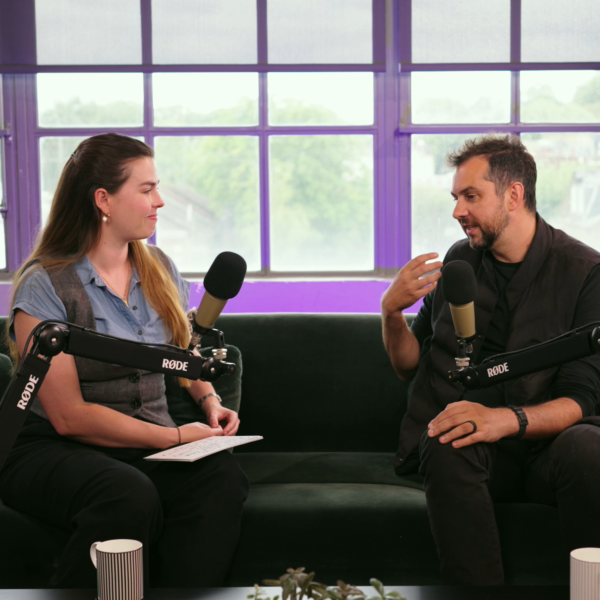13 October, 2025
Leaders in Logistics 2025 keynote: a smarter, greener, faster, AI-driven future

Satalia’s Daniel Hulme delivers Leaders in Logistics 2025 keynote
For years, organisations have been told to “become data-driven.” They’ve built data lakes, hired analysts, and invested in dashboards. Yet many still struggle to make better decisions.
But the problem isn’t data. It’s decision-making.
That’s the core message Satalia CEO Daniel Hulme delivered in his keynote at the Leaders in Logistics Last Mile Summit at the Allianz Stadium, Twickenham.
Better insights don’t automatically lead to better outcomes, Hulme told the audience. And in logistics—where every choice affects cost, emissions, and customer experience—the gap between knowing and doing is huge.
Applied well, AI doesn’t just analyse data. It optimises decisions, turning logistics from a cost centre into a competitive advantage…
From automation to adaptation
Many businesses think they’re using AI when they’re really just automating.Automation speeds up what already exists. But AI? It adapts and learns.
In logistics, that difference is everything.
A delivery company planning 24 stops faces 620 sextillion possible routes. Add one more stop, and complexity explodes. One Satalia client makes over 200,000 deliveries a day, which is impossible to optimise manually.
With the right algorithms, it’s solved in milliseconds. With the wrong ones, it’s unsolvable.
That’s the power of AI-driven optimisation: turning the impossible into the efficient, saving time, money, and carbon.
AI that moves the world
True logistics AI doesn’t just automate tasks; it rethinks the system.
At Tesco, route optimisation now saves over 20 million miles a year — cutting emissions while increasing delivery capacity.
At PwC, AI scheduling improved staff utilisation by 12.5% and reduced travel time by 25%.
At DFS, our optimisation software became a product in its own right — now powering logistics far beyond furniture retail.
The common thread? AI creates synergies, not trade-offs. Efficiency improves. Carbon drops. People benefit.
Six ways AI removes friction
Across every supply chain, friction appears in predictable places. AI removes it through six levers:
- Task automation – streamlining routine work like scheduling and invoicing.
- Content generation – automating communication and documentation.
- Human representation – simulating human feedback for alignment and trust.
- Insight extraction – turning raw data into foresight, not just forecasts.
- Complex decision-making – allocating vehicles, warehouses, and staff in real time.
- Human augmentation – empowering people with tools that enhance judgment.
The result? Supply chains that think, learn, and self-optimise.
Sustainability through intelligence
Every unnecessary mile, every idle van, every mistimed delivery is waste. AI helps eliminate it.
Our optimisation projects consistently deliver around 25% carbon reduction, while increasing throughput and service quality.
Put simply, sustainability is the outcome of intelligent decision-making. And as scrutiny grows, AI also helps detect and prevent inefficiency or greenwashing before it hits the headlines.
The rise of the digital supply chain
The next leap is happening through digital twins: AI-powered replicas that simulate supply chains in real time.
- Supply chain twins predict bottlenecks before they occur.
- Process twins streamline internal inefficiencies.
- Workforce twins align skills and values to boost human performance.
Together, they create a living, learning, intelligent ecosystem that evolves as conditions change.
The three enablers: data, talent, leadership
AI relies on three key human factors:
- Data – proprietary, well-structured, and high-quality.
- Talent – mathematicians, computer scientists, and systems thinkers.
- Leadership – the courage to invest beyond automation.
When these align, logistics shifts from reactive firefighting to predictive excellence.
The future of movement
At Satalia, our mission is to remove friction from supply chains until goods flow freely, efficiently, sustainably, and intelligently.
Because when logistics become intelligent, everything changes. Costs fall, emissions drop, customers win, and the planet breathes easier.
If you’re exploring how AI can optimise logistics and drive sustainability, start by asking: Where’s the friction? And what happens when it disappears?
Want to talk about what the answers could be? Get in touch at hello@satalia.com
Stay in the know
Join our community now for the latest industry news, trends, valuable insights, and updates on our products and services.


